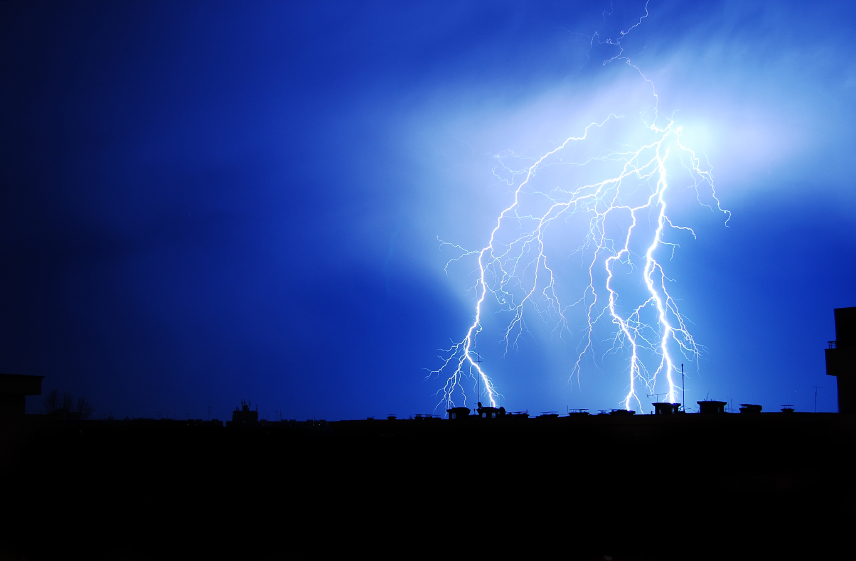
fulgurite comes from the Latin word, ‘fulgur’ which means thunder bolt. Ya, that’s right: bad-ass Zeus carried a fulgur.
No two lightning bolts are the same, and if you’ve ever been caught in the midst of a lightning storm you know it is one of the most dangerous and unpredictable of all natural phenomena. Key word: phenomena, not something like one. A sky full of lightning is a heart-stirring meets hair-raising sight to behold; if we could actually capture lightning in a bottle, many of us would. Unfortunately we haven’t figured out how to Hogwarts that yet, but Mother Nature didn’t leave us high and dry. We can capture (or rather collect) fulgurite. Doesn’t sound quite as pretty, but it is.
Fulgurite, otherwise known as petrified lightning is a rare event that occurs when lightning strikes sand or rock. Sand fulgurites are the most common and are generally found in beach or desert regions containing clean dry sand. Sand has a melting point of 1800 degrees C, but lightning has been measured with an air temperature over 30,000 degrees C, and when the two meet…? The silica in the sand fuses with the heat and forms one-of-a-kind pieces of petrified lightning, each utterly unique to its progenitor. Perfect, undamaged specimens have long branch, root-like structures on their sides where the last tendrils of the electricity grounded off. These are incredibly rare finds.
All lightning has the possibility to form fulgurite, but not all of it does. It’s rather beautiful when you think about it metaphorically. Or literally. Either way, fulgurite may not be as brilliant as diamonds–the color of the fulgurite depends on the type of sand struck by lightning–but they are certainly little lightnings in the rough.
Has the power to evoke some serious sediment… which means they are ideal for wire wrapping, pendants, and simply strung necklaces. Click through to find out how we made our own unique petrified lightning necklaces. –Arianna Schioldager
















